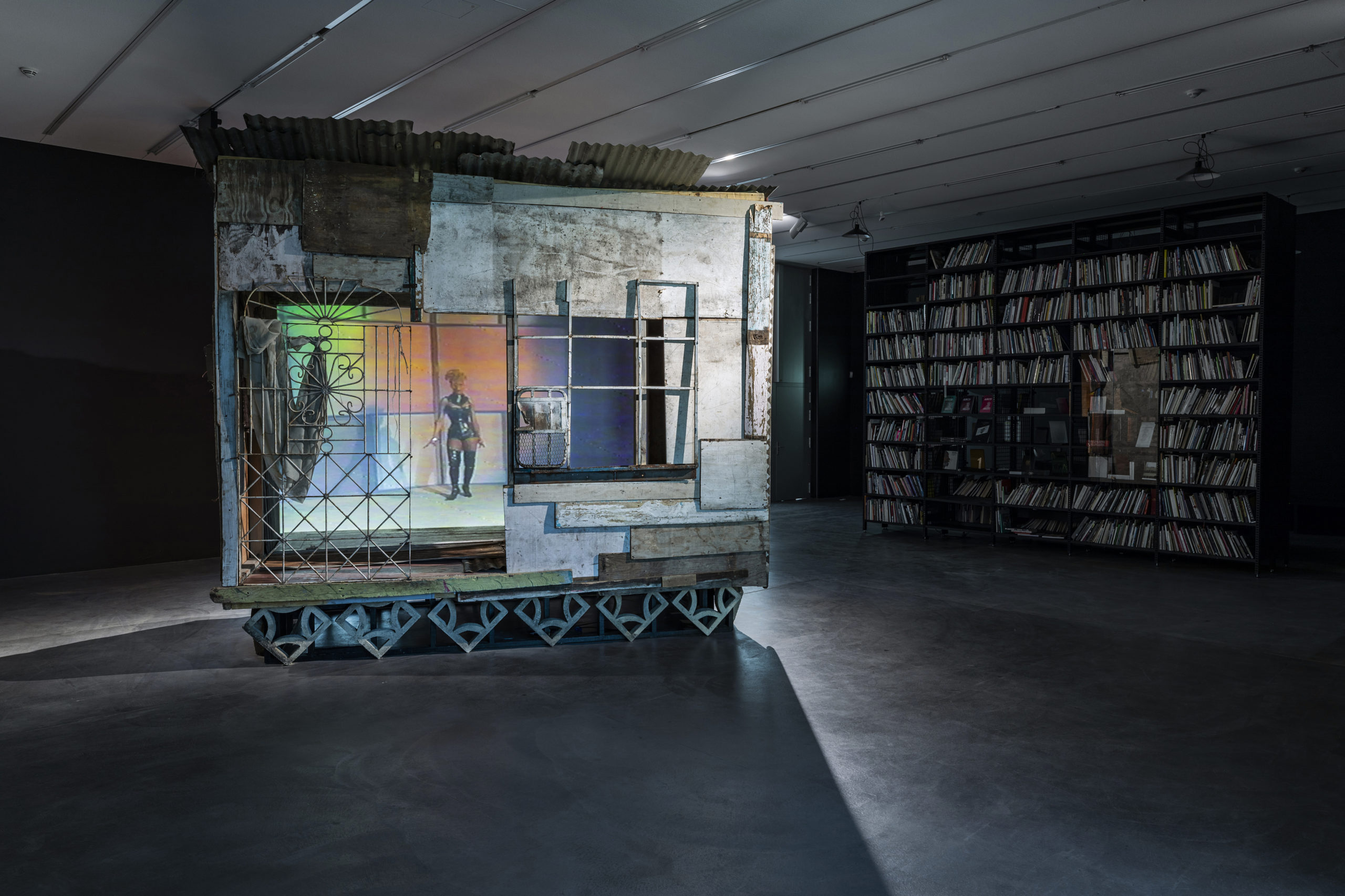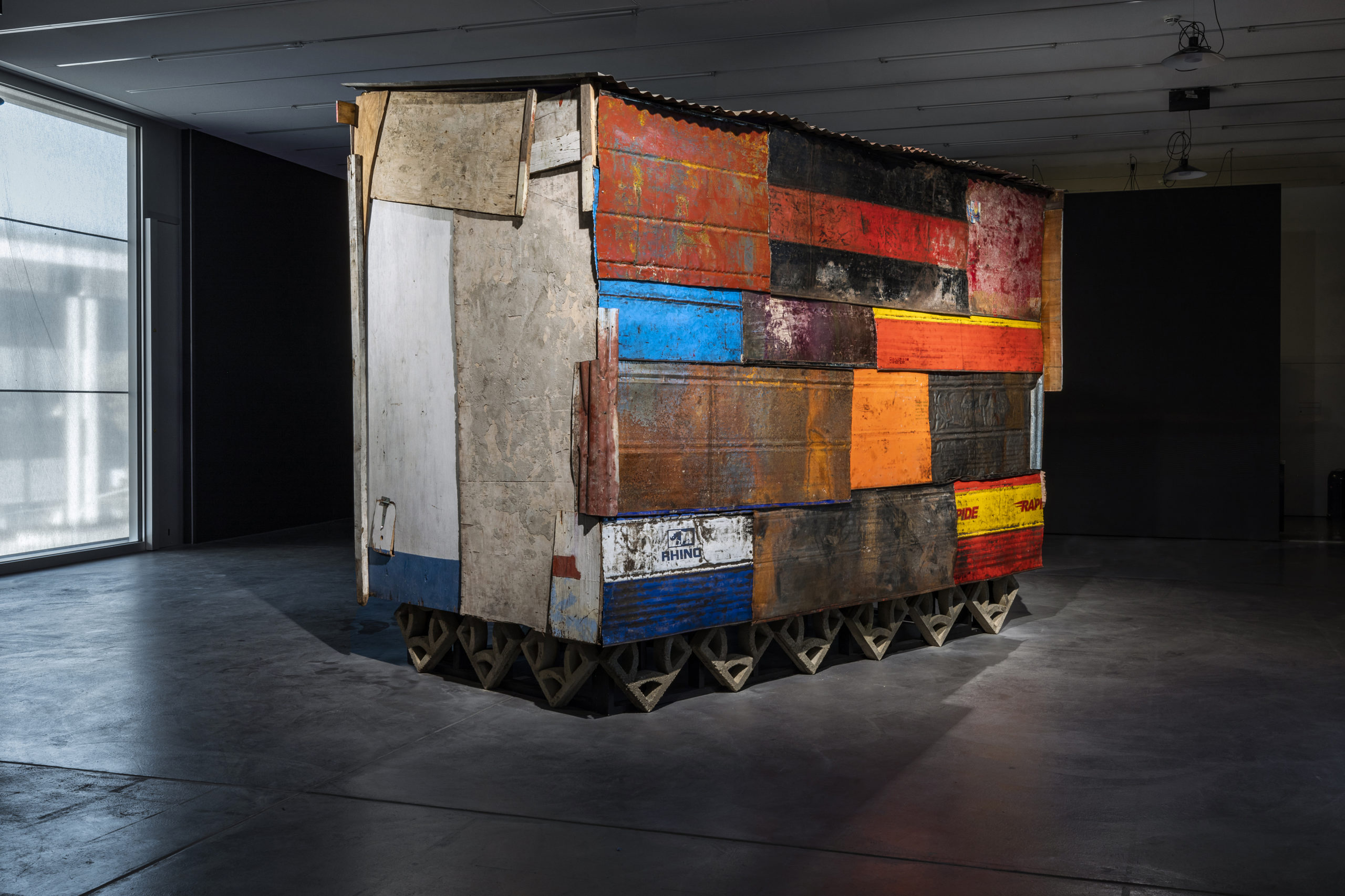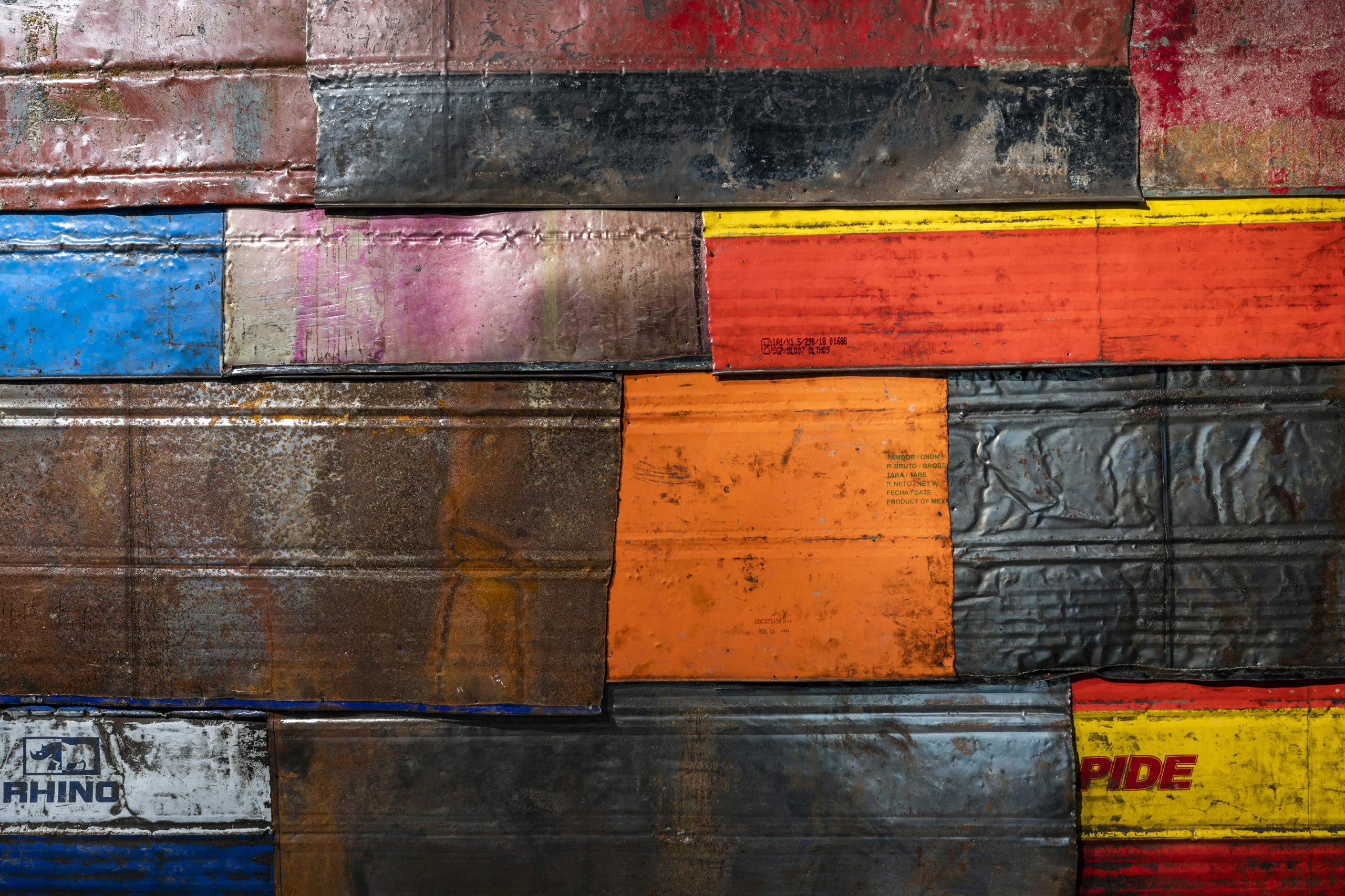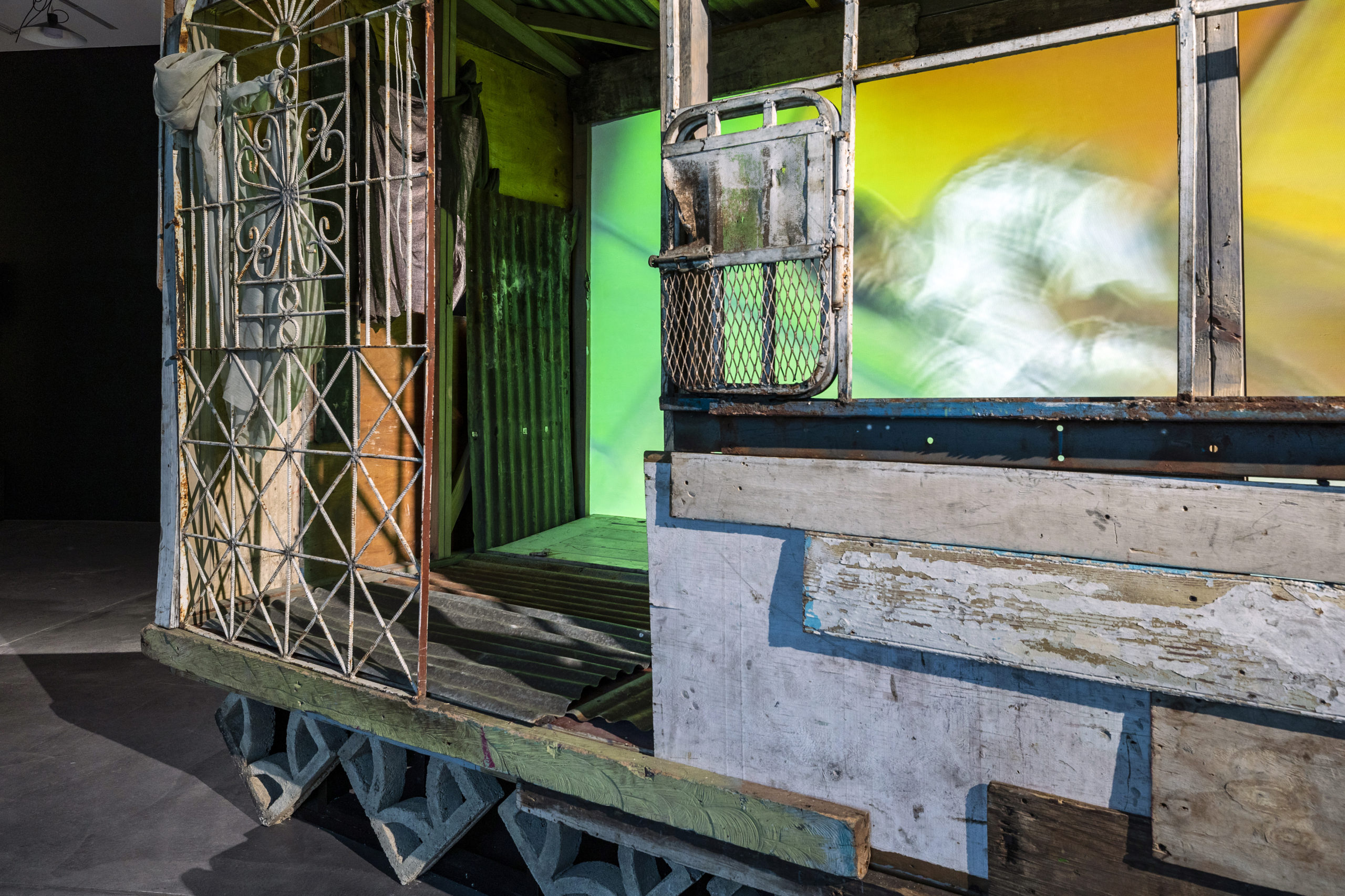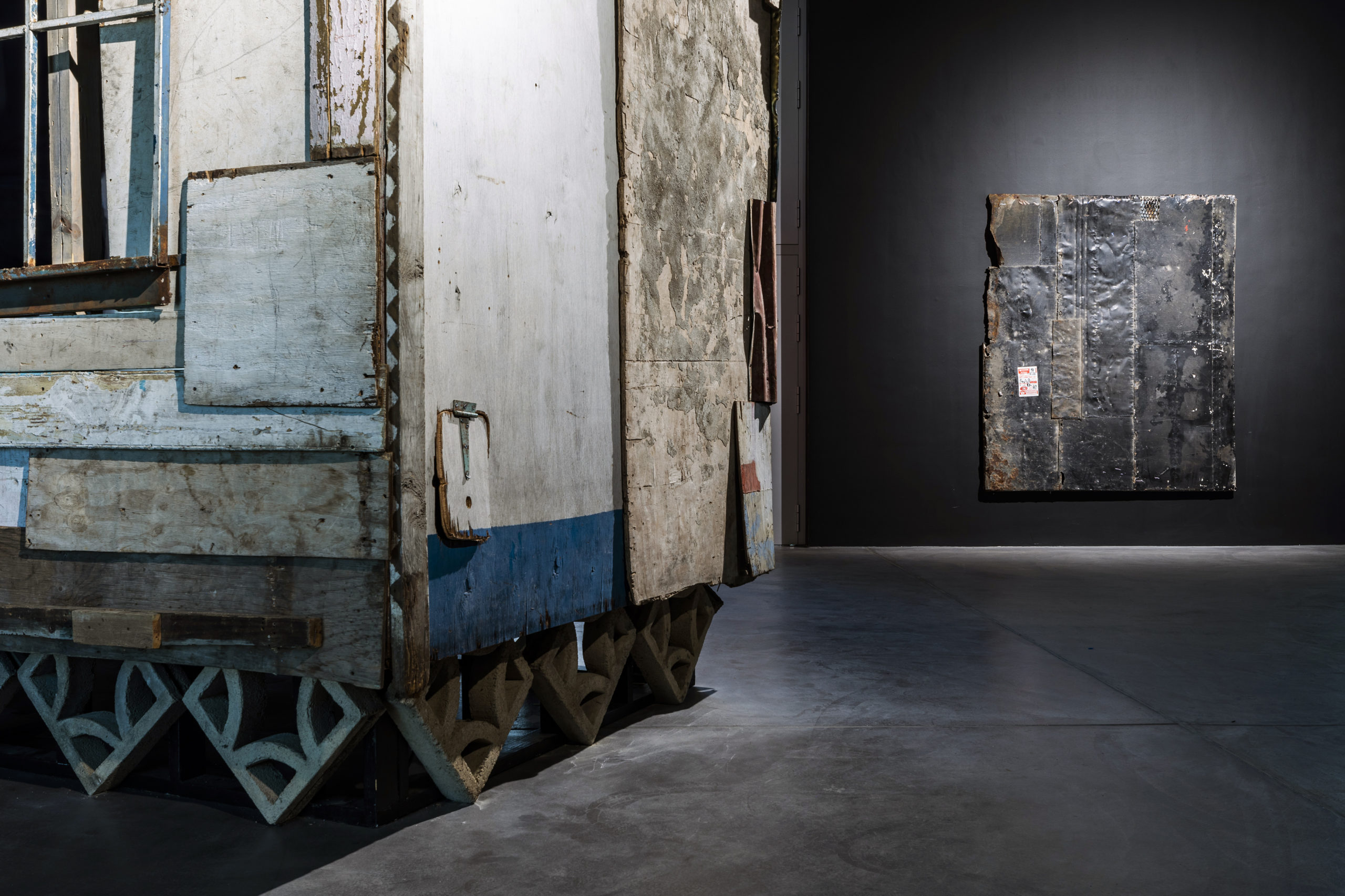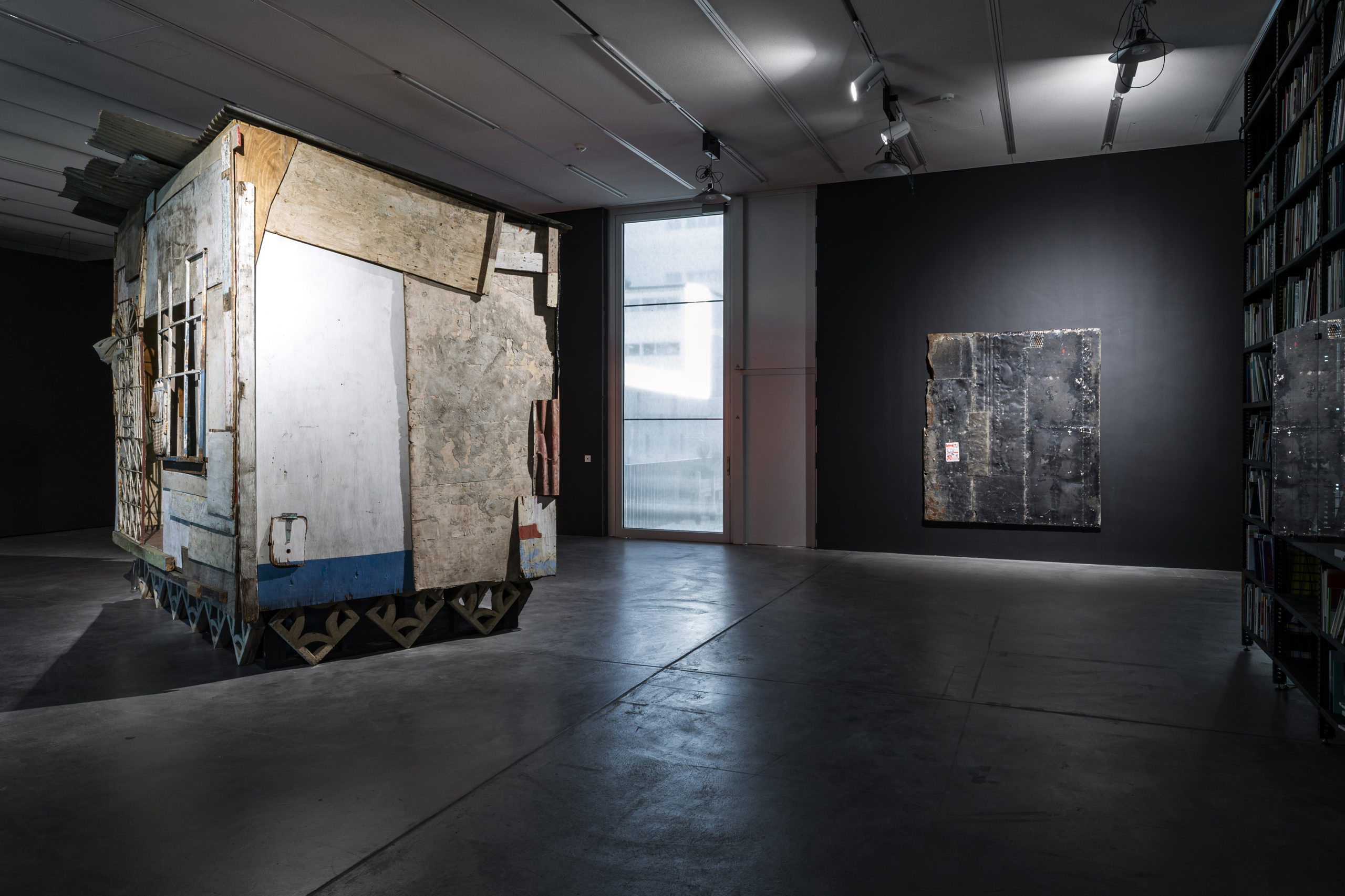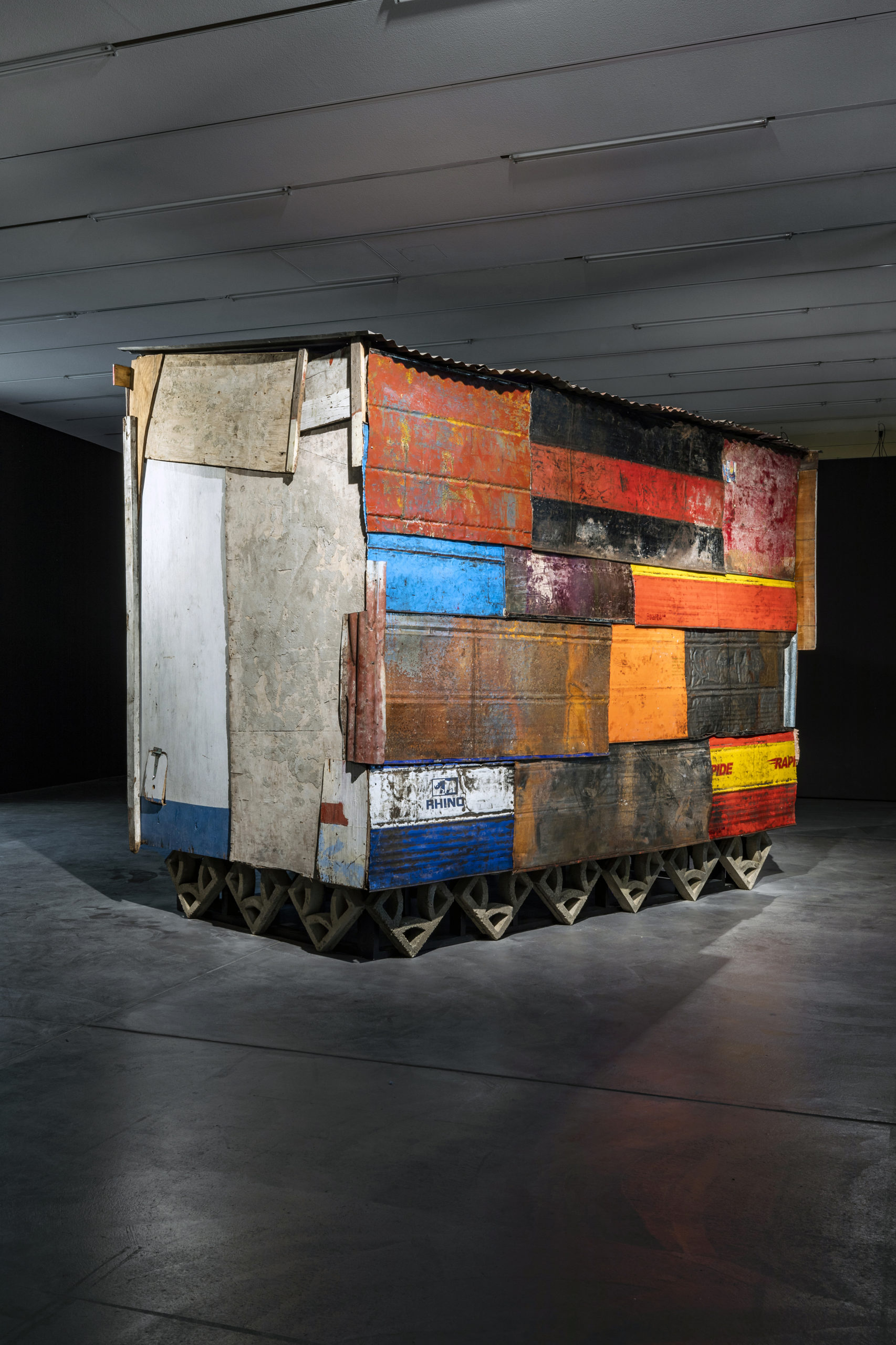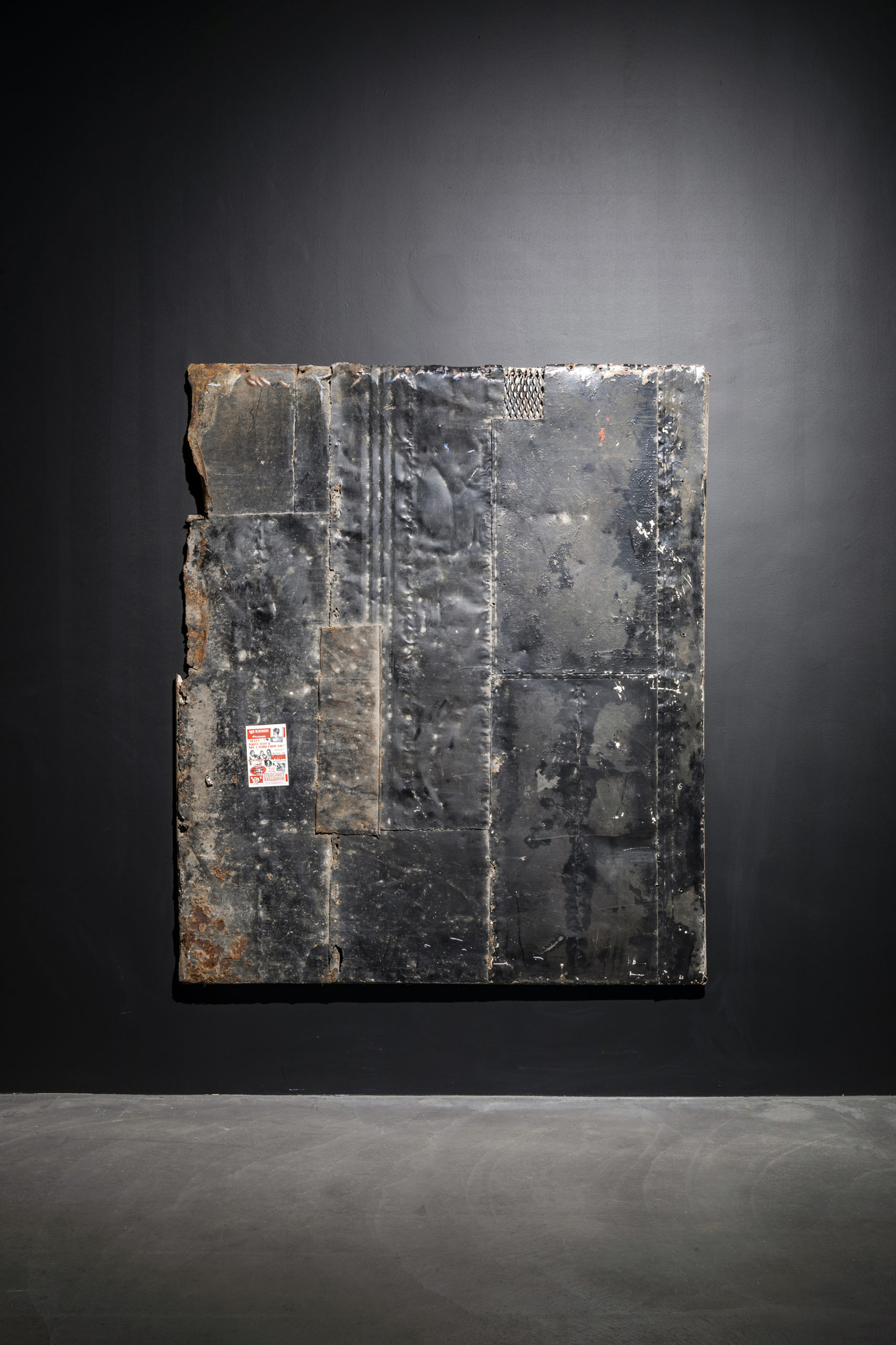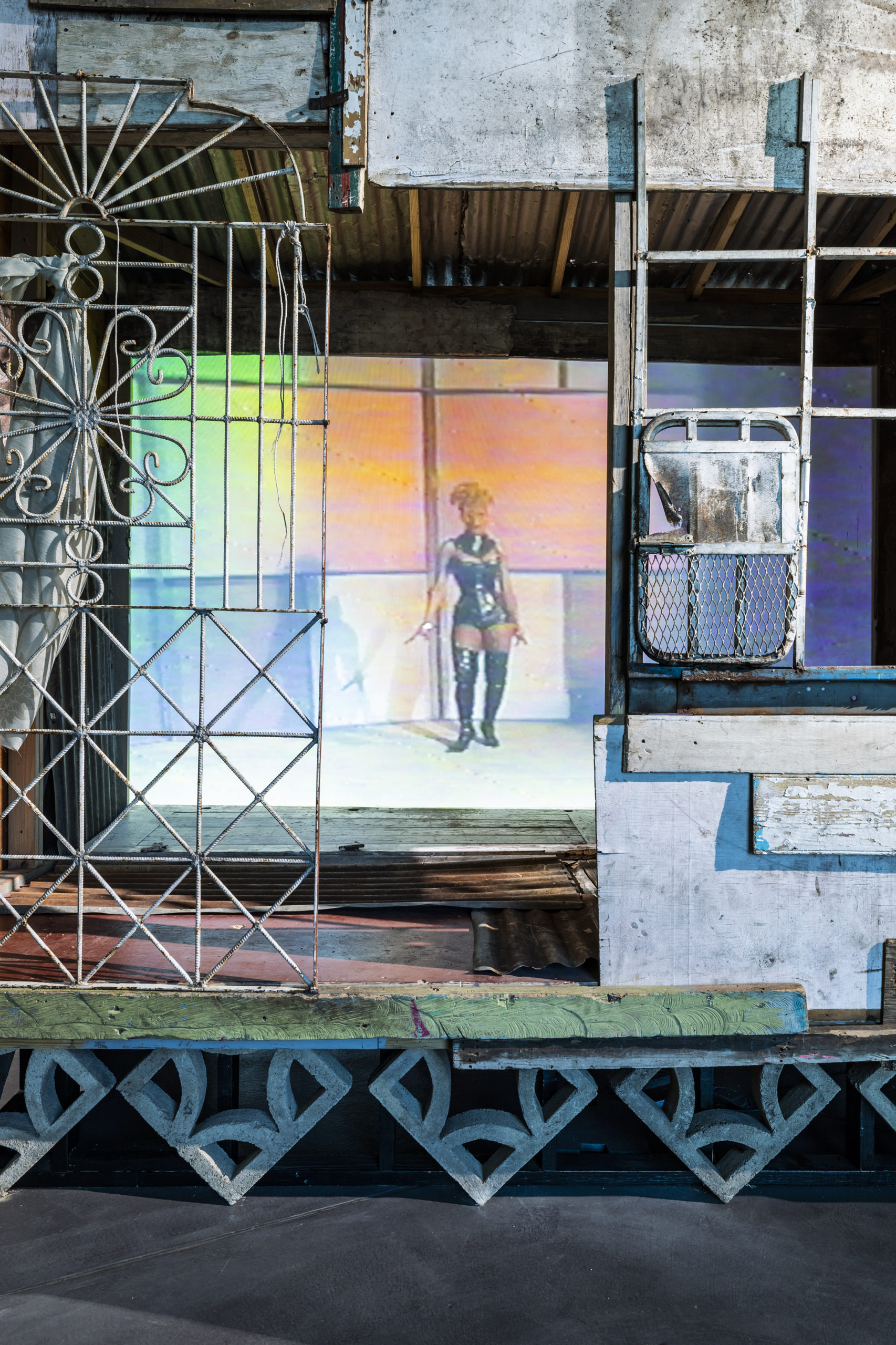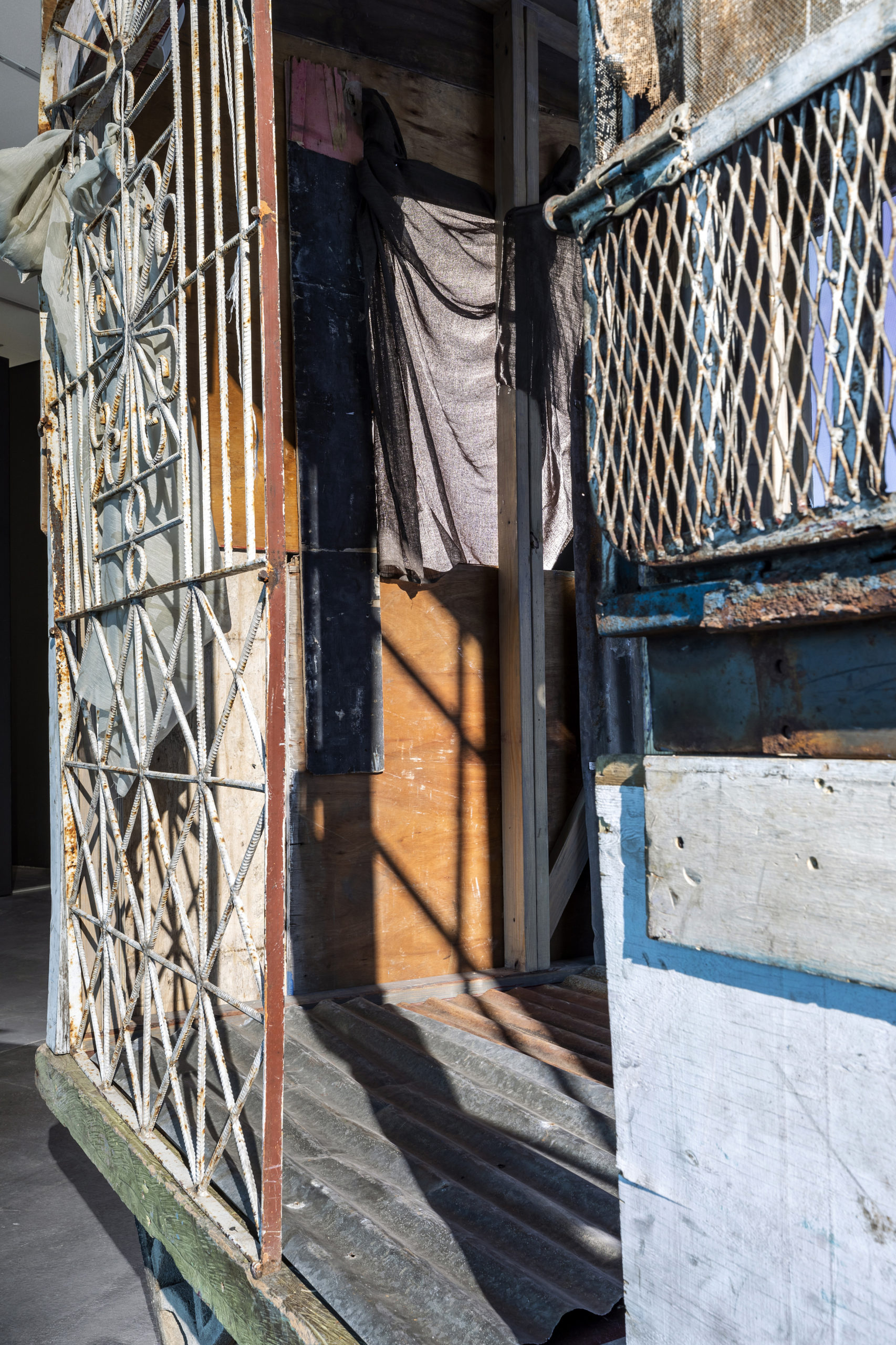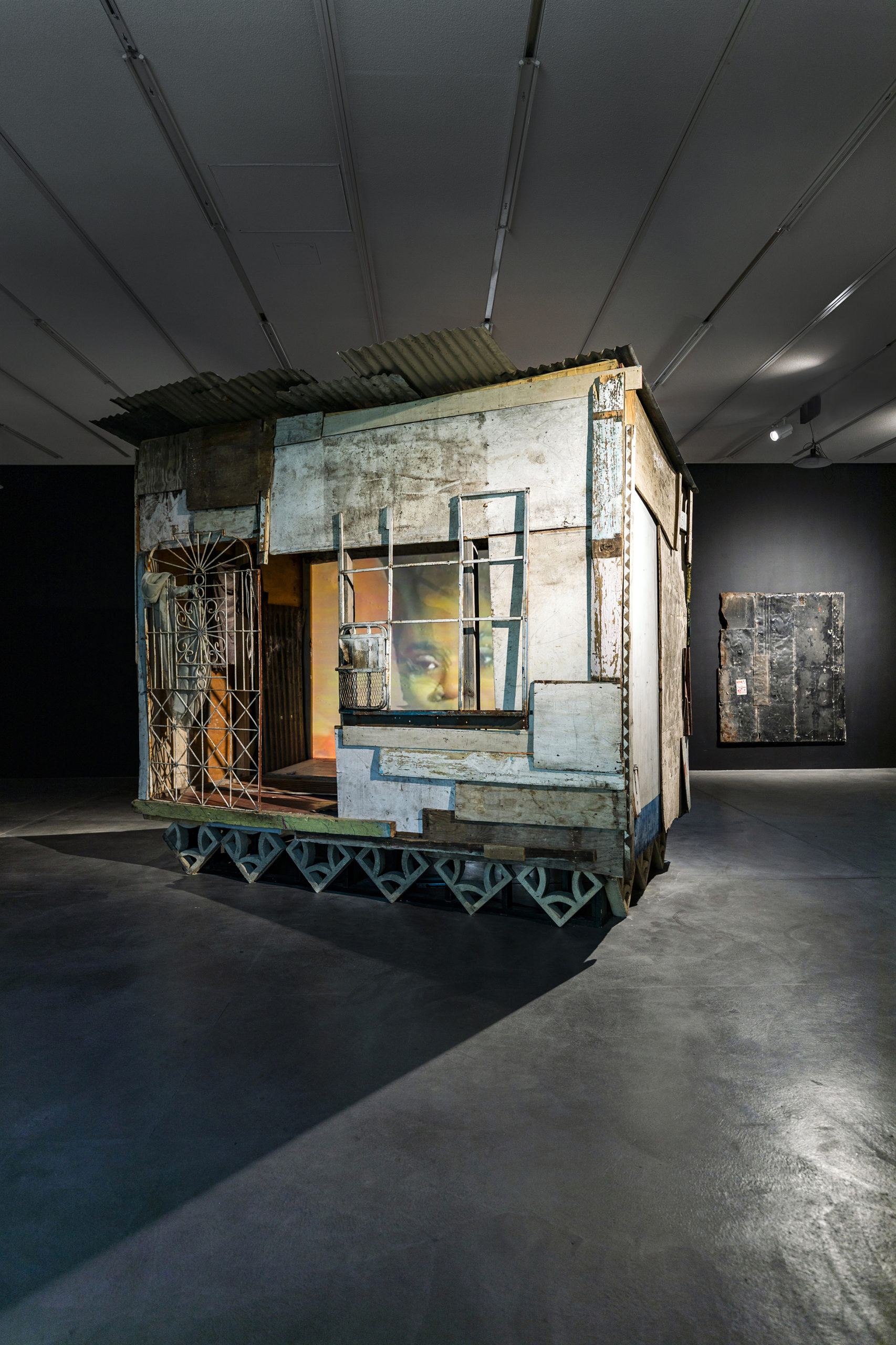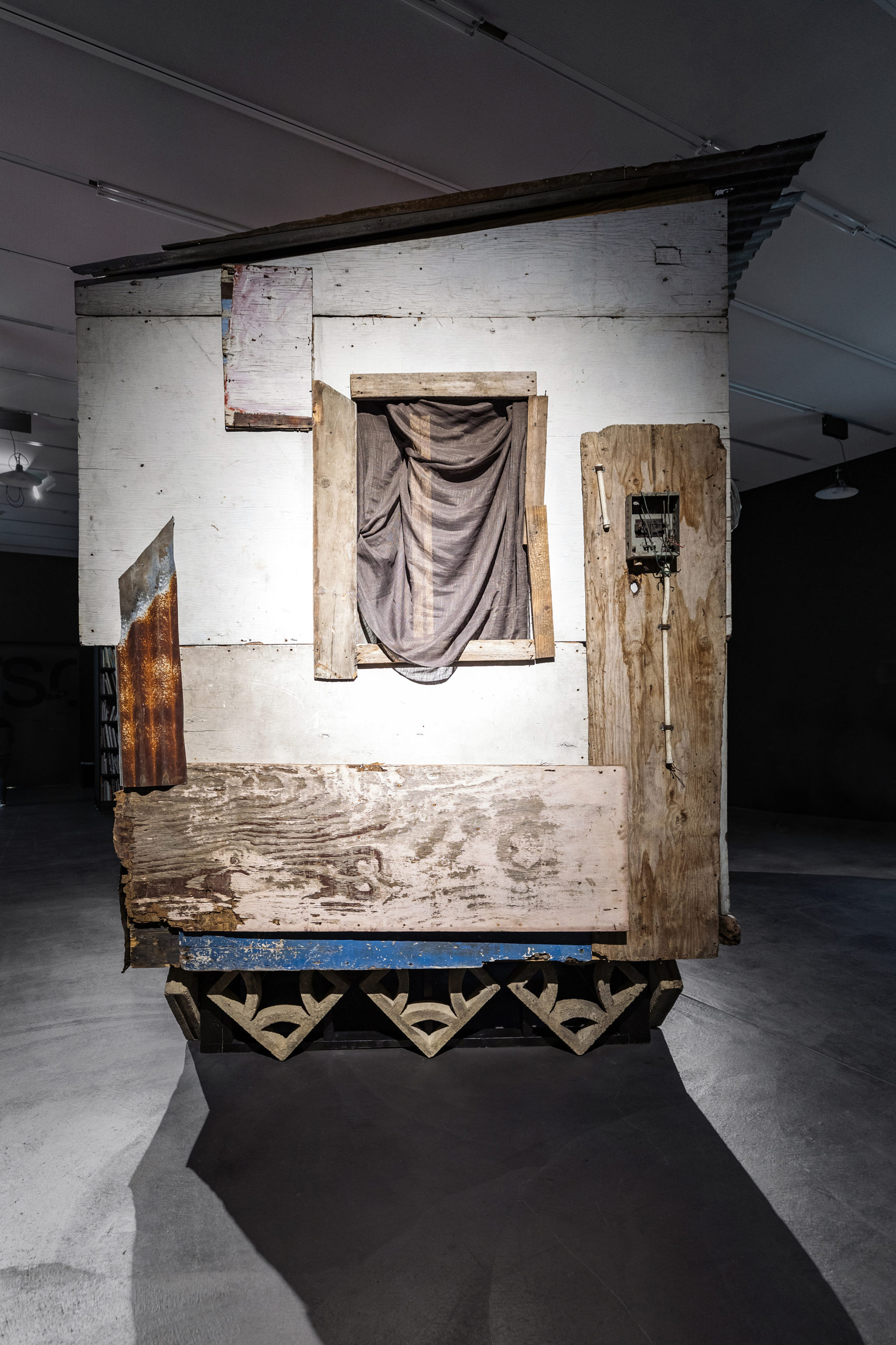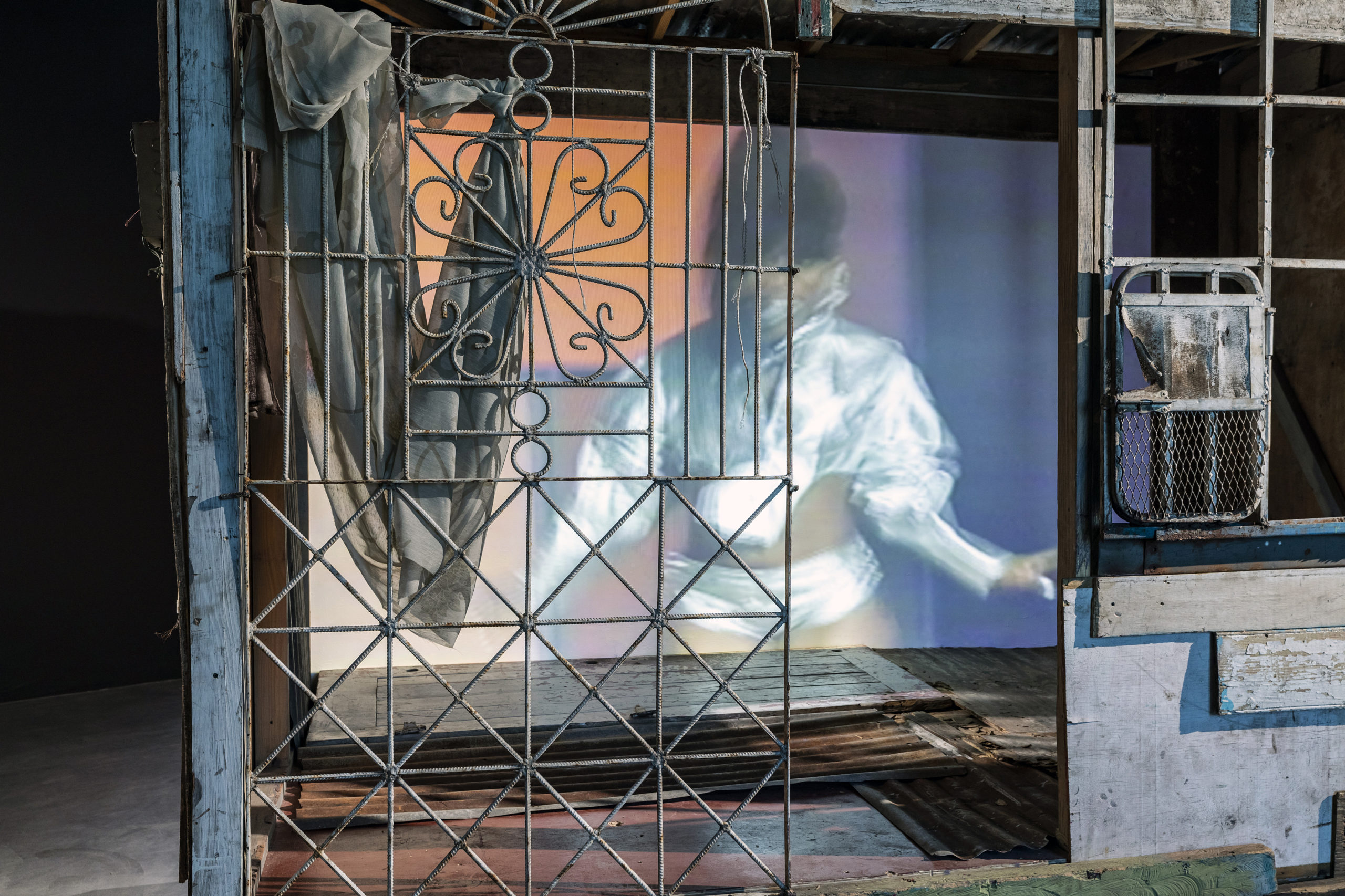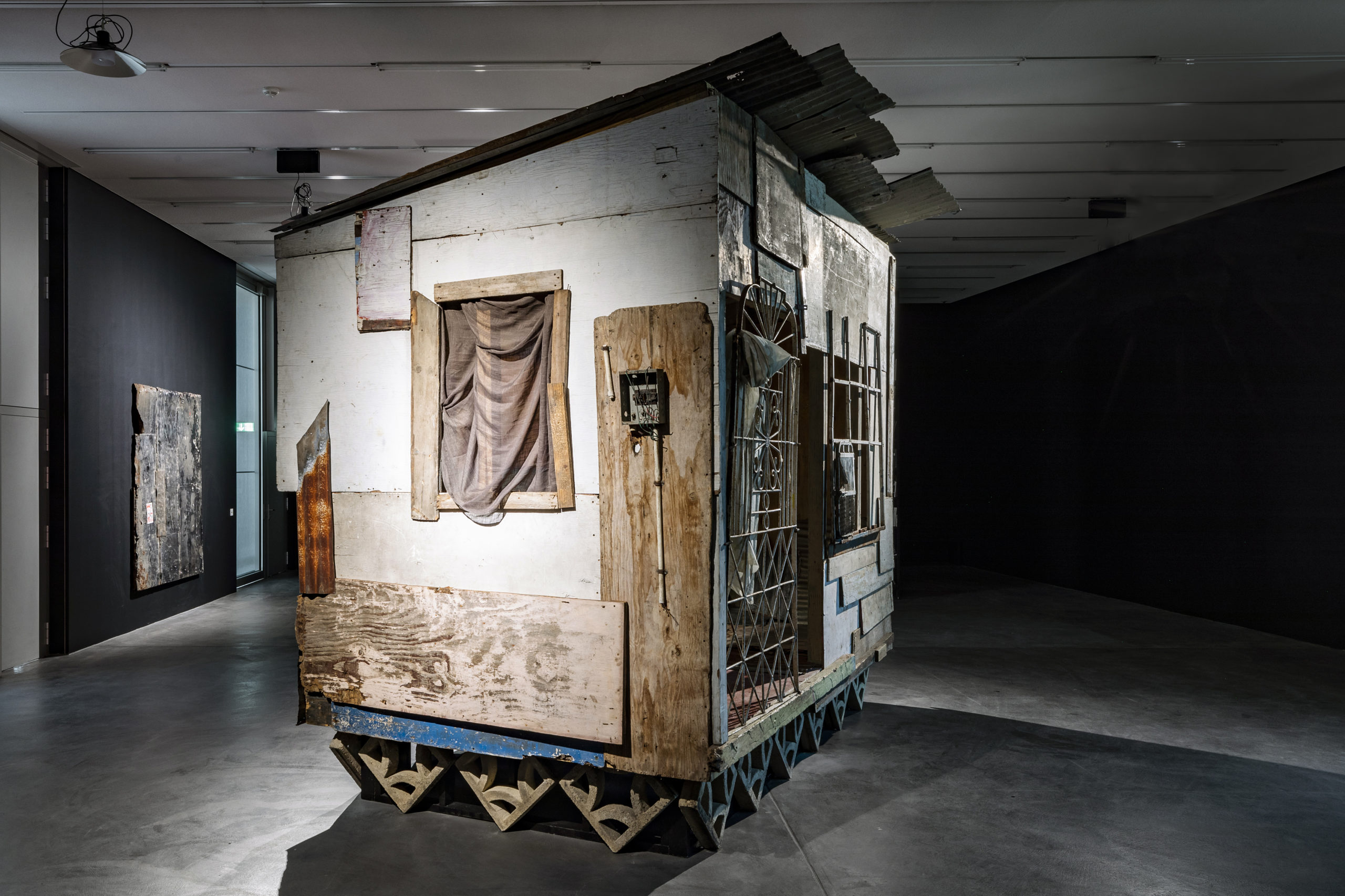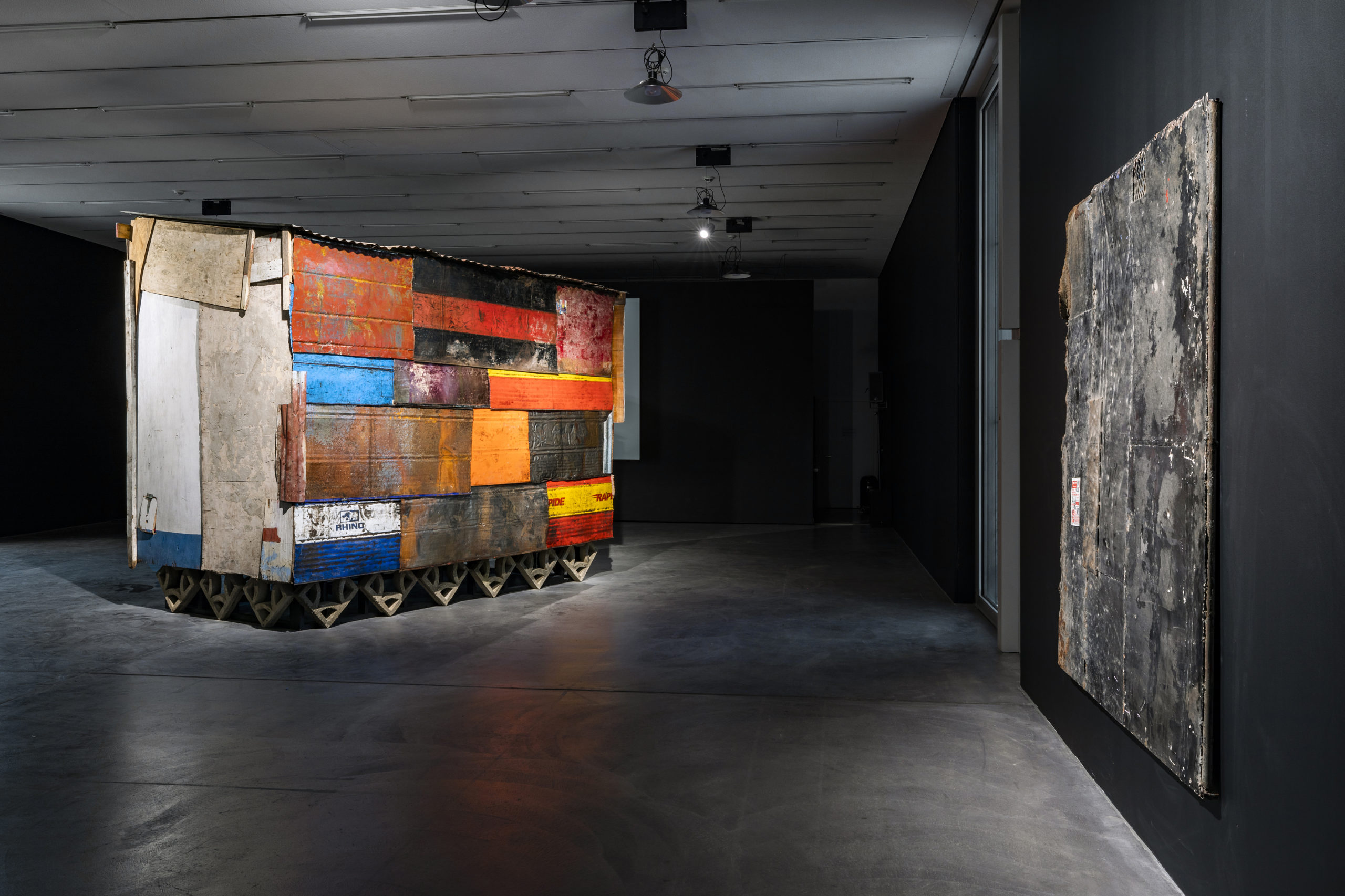PRESS RELEASE
BLACK QUEEN VOLUME 1
FEBRUARY 10 – MARCH 27, 2022
LUMA WESTBAU, ZURICH
“Black Queen” Volume 1 at Luma Westbau marks Akeem Smith’s first institutional solo exhibition in Europe. The artist’s work is based on his deeply personal collection of archival artefacts from the Caribbean dancehall community. In a series of recent exhibitions, he staged and reconfigured the varied as-found materials documenting his own experience of growing up between New York and Jamaica from the 1990s to the early 2000s. In an informal, subjective, and performative way, Smith’s project recalls the notion of a museum. Given the current debate about the role of museums, not alone in Zurich where the opening of the new art museum provoked considerable critique of established norms, this show offers an artistic alternative to recording collective memory that exists at the edges of the artist’s own. In Jamaica there is still little to no effort to preserve and archive the history of the dancehall. This exhibition might be described as part of a roving, decentralized museum, all the more significant since none exist in the artist’s native country.
Over the past decade, Smith has assembled an ever-growing archive, at the heart of which is an extensive trove of photographs and VHS video tapes, entrusted to him by family, friends, and key figures from the dancehall community. Largely absent from institutional archives, documentation of Jamaica’s popular movements is still commonly seen in the eyes of Jamaica’s socio-economic elite as unwanted clutter rather than treasured national heritage. Smith counters this through the construction of monumental reliquaries, which enclose these corroding testaments within the material landscape of corrugated zinc, tarp, repurposed wood, and breeze blocks from which they came.
Smith’s practice draws on the materials found in the urban realm and relates to the street’s significance as a site of both culture and commerce. The patina of the bricolage expresses a certain melancholy, enhanced by the artist’s archival impulse. While art, fashion, music, dance, and popular movements grew out of the shared realm of the street, this familiar spatial condition is gradually being replaced by the virtual. Cultural codes are leaving the physical site of the streetscape. Posters as loud public signifiers are succeeded by solitary screens, an aspect that reinforces the empathy and care with which Smith’s architectural ready-mades refer to improvised marketplaces. Within this ambiguity, the exhibition “Black Queen” Volume 1 transforms the gallery designed by the artist Heimo Zobernig into a hybrid setting, shifting between a theatrical experience against a marketplace backdrop, a club, or an unexpected, perhaps museological showcase, a kind of room-encompassing vitrine.
Curators: Fredi Fischli and Niels Olsen

